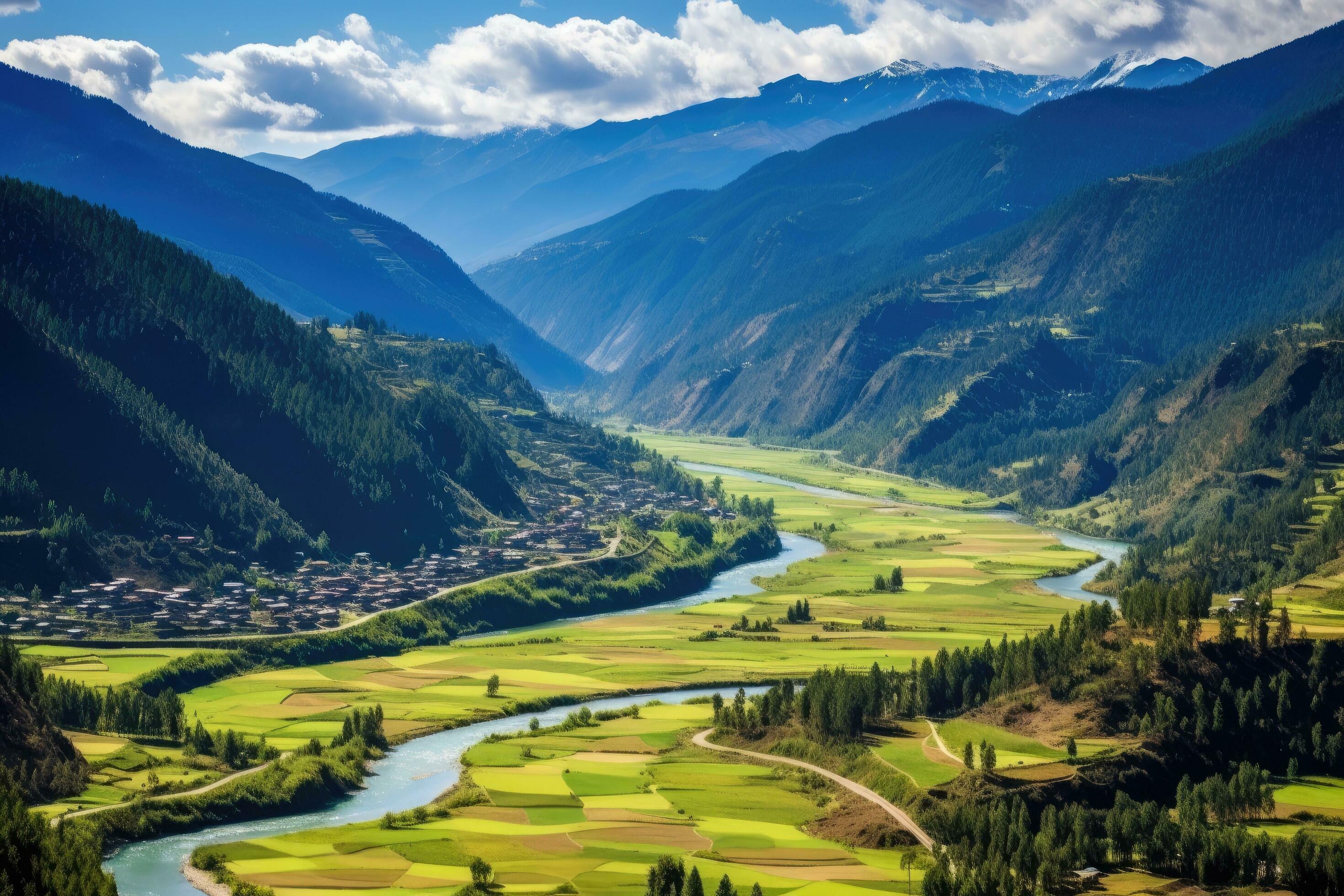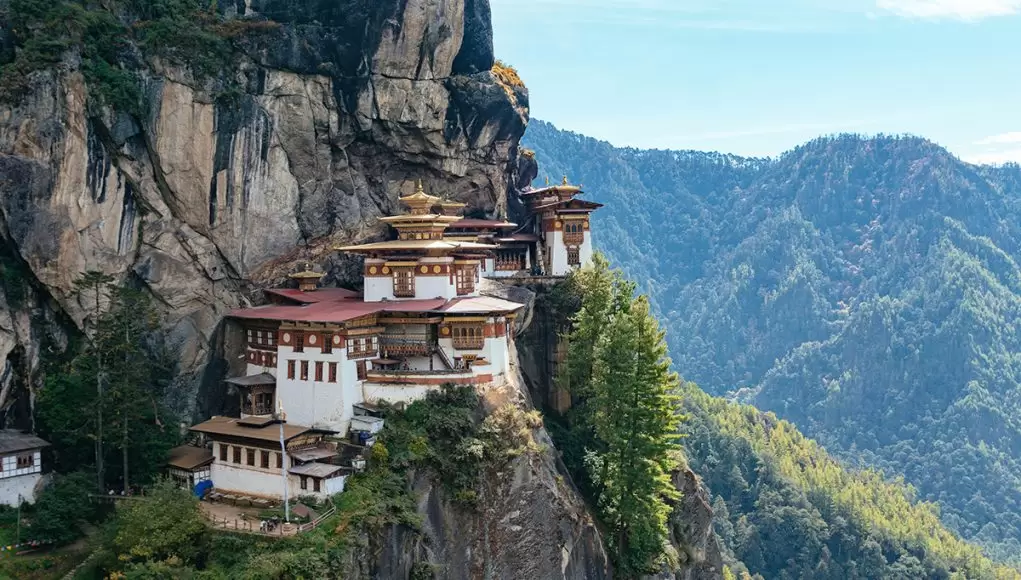Country profile

Location
Bhutan is a landlocked kingdom in the eastern Himalayas of South Asia, bordered by China (Tibet Autonomous Region) to the north and India to the south, east, and west. Its mountainous terrain is traversed by fast-flowing rivers (e.g., the Wang Chhu, Puna Tsang Chhu, and Drangme Chhu). Although without direct sea access, Bhutan links to regional trade corridors through India—most commonly via Phuentsholing–Jaigaon, Gelephu, and Samdrup Jongkhar—with onward connectivity to Indian seaports such as Kolkata/Haldia. Thimphu is the capital and administrative center.

Language & Government
Language
The official language is Dzongkha. English is widely used in government and education. Other languages spoken include Sharchopkha (in the east), Nepali (Lhotshampa), and several central Himalayan languages such as Bumthangkha.
Government
Bhutan is a constitutional monarchy with a democratic parliamentary system. The Druk Gyalpo(King) serves as Head of State, and the Prime Minister is Head of Government. The bicameral Parliament consists of the National Council (upper house) and the National Assembly (lower house).

History
Bhutan was unified in the 17th century under Zhabdrung Ngawang Namgyal. The hereditary monarchy was established in 1907. Following a long period of measured modernization, Bhutan adopted a written Constitution and transitioned to a democratic constitutional monarchy in 2008. Its development philosophy of Gross National Happiness (GNH) emphasizes balanced socio-economic growth, cultural preservation, environmental conservation, and good governance.
Gross National Happiness (GNH)
Guiding framework for Bhutan's development and governance.
Flag
The flag of Bhutan is divided diagonally from the lower hoist to the upper fly: the upper triangle is yellow and the lower triangle is orange. Centered along the dividing line is a white dragon (Druk)holding jewels. Yellow symbolizes the secular authority of the monarch, orange represents the spiritual tradition of Buddhism, and the white dragon signifies purity and the protection of the nation.
